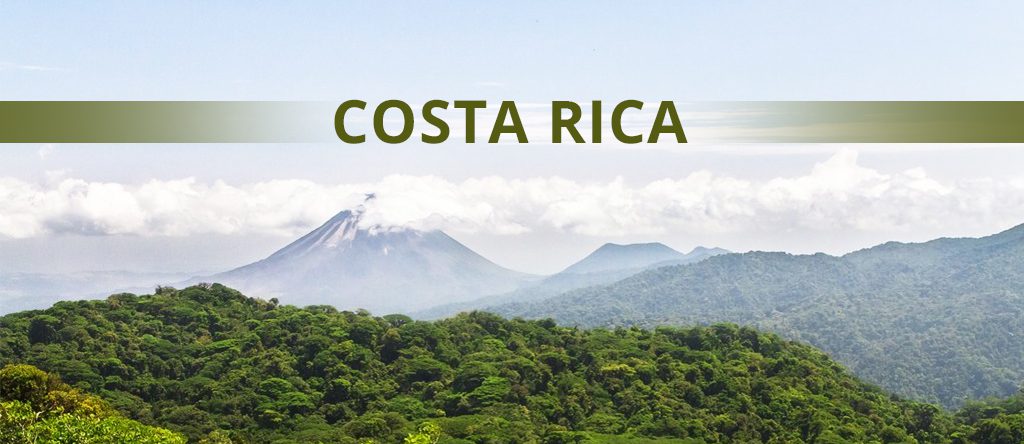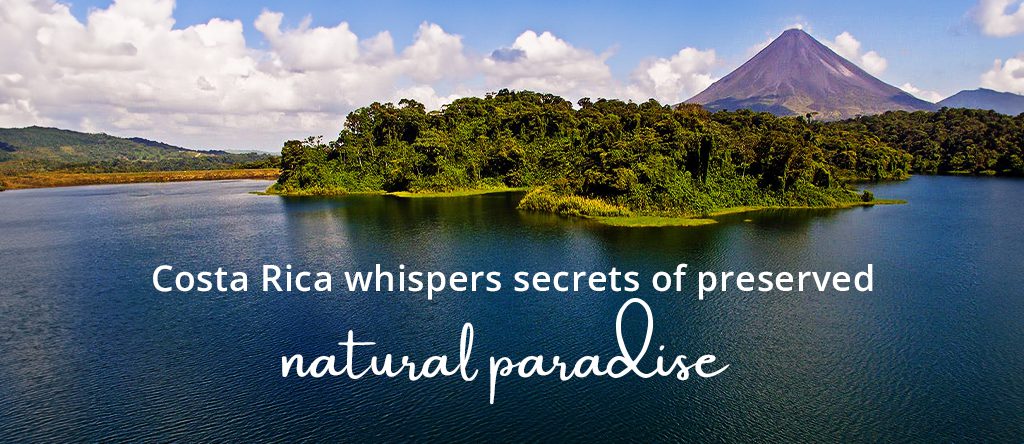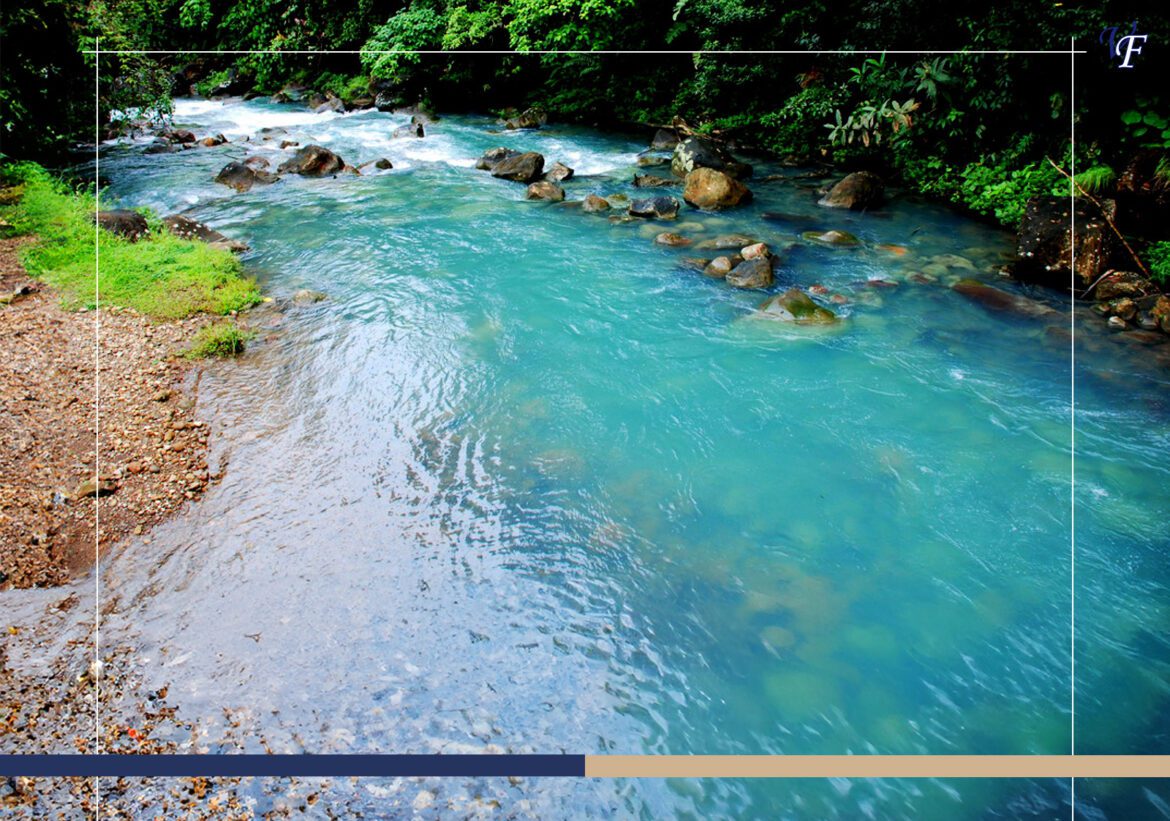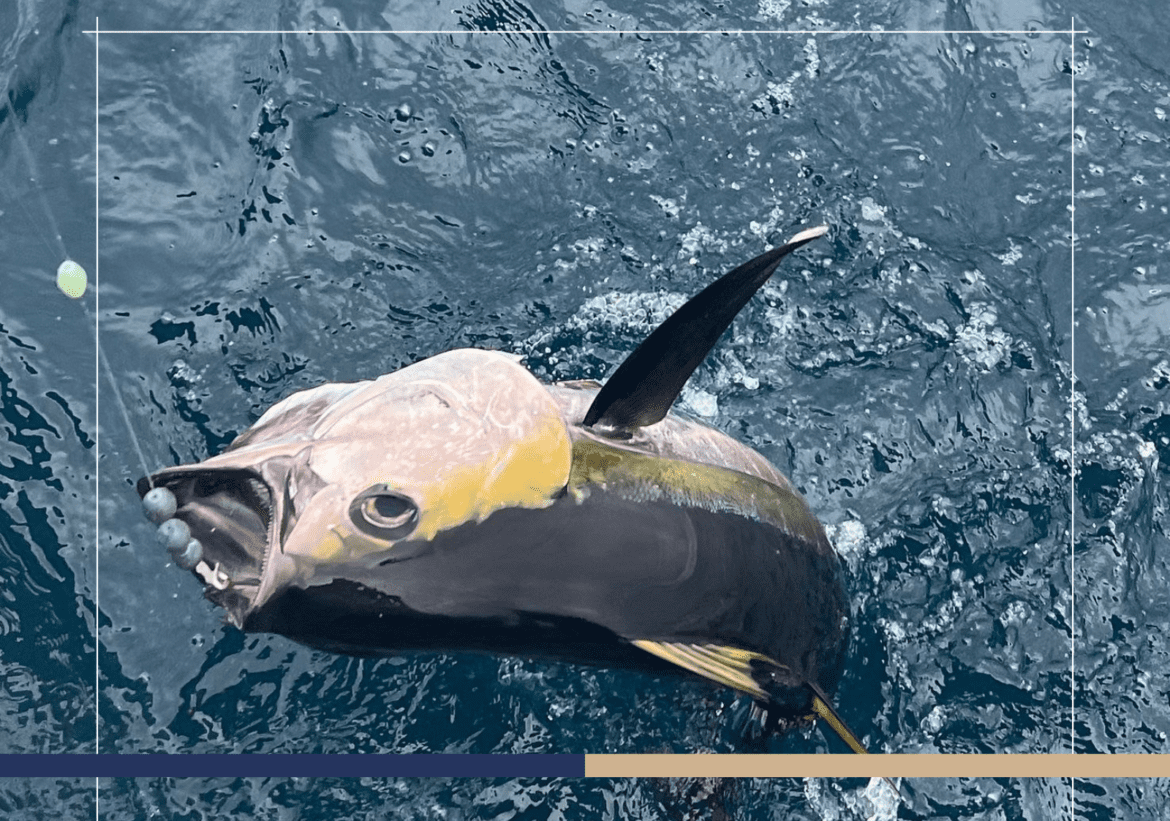Costa Rica is a beacon of stability in Central America. It is renowned not just for its robust democracy but also for its wealth of natural resources.
Positioned between the Caribbean Sea and the Pacific Ocean, this small country covers an area of about 18,700 square miles, boasting extensive coastlines contributing to its diverse ecosystems. Endowed with fertile agricultural lands and a favorable climate, Costa Rica’s natural resources list is vital for its ecological health and economic vitality.
In this article, we will explore the major natural resources of Costa Rica, which play crucial roles in sustaining the country’s environment and supporting its people. From unique climatic conditions that foster diverse wildlife habitats to conservation efforts that protect its rich biodiversity, each resource is a key to the future prosperity and sustainability of the country.
Climate of Costa Rica
Costa Rica enjoys a tropical climate year-round due to its location just north of the equator. However, the climate is not uniform throughout the country; it varies significantly across different regions due to differences in elevation, geography, and rainfall.
During the dry season, which runs from December to April, the weather is predominantly sunny, especially along the Pacific coast. The wet or rainy season spans from May to November and is characterized by frequent rains crucial for maintaining lush landscapes.
The capital, San José, enjoys moderate temperatures and receives ample rainfall, contributing to its vibrant green surroundings.
This varied climate is critical in supporting the diverse tropical ecosystems. The abundance of rainfall during the wet season and the mild temperatures during the dry season allows diverse flora and fauna to thrive.
For those considering a visit, the best time of year to visit Costa Rica can vary depending on personal preferences for activities and climate. This climatic diversity makes Costa Rica a year-round tourist destination, offering a pleasant climate for various activities, from sunbathing on the beaches to exploring the rainforests.

Wildlife in Costa Rica
Costa Rica is a global leader in conservation, with approximately 25% of its land designated as national parks or protected areas. This commitment to conservation supports an astonishing range of biodiversity. Despite covering only 0.03% of the world’s land surface, Costa Rica is home to 5% of its biodiversity, including countless species of plants, birds, mammals, and reptiles. The country’s varied climates and landscapes serve as a sanctuary for numerous endemic and migratory species.
Places like Corcovado National Park and Monteverde Cloud Forest Reserve are prime examples of this biodiversity. Corcovado is noted for its big cats and the iconic four Costa Rican monkey species, while Monteverde boasts over 2,000 plant species, 400 bird species, and 100 mammal species. The proliferation of fruit trees across the country, which bear fruit year-round, further enhances the ability of wildlife in Costa Rica to flourish.
The wildlife not only contributes to the ecological balance but is also a cornerstone of Costa Rica’s ecotourism industry, drawing visitors from all over the globe eager to experience its natural wonders firsthand.
Costa Rican Forests
Costa Rican forests are a cornerstone of the natural and agricultural resources in Costa Rica, showcasing an exceptional diversity in Costa Rica. These forests, which range from moist rainforests and misty cloud forests to seasonal dry forests, are pivotal in maintaining the ecological balance and supporting a sustainable economy. The varied ecosystems not only house thousands of plant and animal species but also contribute significantly to the agricultural sector by providing stable microclimates for coffee, sugar, and other crops.
Ecotourism plays a vital role in forest conservation. It educates visitors about the ecological importance of these habitats. It generates revenue that funds further preservation efforts, ensuring these forests continue to be one of the critical Costa Rica natural resources.
Rivers and Lakes of Costa Rica
The network of rivers and lakes across Costa Rica enhances the natural beauty and biodiversity of the country. These water bodies are fundamental components of Costa Rica’s natural resources, supporting extensive agricultural lands and facilitating hydroelectric power.
Rivers like the Pacuare and the picturesque Rio Celeste highlight the diversity in Costa Rica, offering both adventure activities and tranquil experiences. These aquatic systems are not just vital for the irrigation of crops and the generation of energy; they also play a significant role in recreational tourism.
Activities such as rafting and fishing on these rivers and lakes are popular with both locals and tourists, showcasing another aspect of the natural and agricultural resources in Costa Rica while promoting sustainable use and conservation of these vital ecosystems.

Mountain Ranges of Costa Rica
The mountain ranges of Costa Rica, such as the Cordillera Volcanica and the Cordillera de Talamanca, run nearly the entire length of the country. These ranges, including notable sub-ranges like Tilaran, Guanacaste, and Central, are fundamental natural and agricultural resources in Costa Rica. Mount Cerro Chirripo stands as the highest peak, while the Irazu Volcano is the tallest, showcasing the geological dynamism caused by the Caribbean and Cocos tectonic plates beneath Costa Rica.
These mountains are pivotal natural resources from Costa Rica, crucial for climate regulation, and are primary water sources that enrich both biodiversity and agriculture. The rugged terrains offer numerous recreational opportunities, making them prime destinations for hiking in Costa Rica. These activities appeal greatly to adventure tourists, adding significant value to the tourism sector.
Beaches of Costa Rica
The beaches of Costa Rica are stretched along the 800-mile coastline on both the Caribbean and Pacific. They are among the most beautiful natural wonders in Central America.
Destinations like Playa Conchal, Manuel Antonio, and Tamarindo are just a few examples of the diverse and appealing beaches that draw countless visitors each year. The tourism generated by these beaches is crucial, underscoring the role of beach tourism in the national economy.
Conservation efforts are robust along these coasts, focusing on protecting the rich marine life in Costa Rica. Initiatives include safeguarding sea turtle nesting areas and managing the health of coral reefs, which are vital for sustaining marine biodiversity and enhancing the appeal of the beaches.
You can check our guide on how to enjoy marine life responsibly in Costa Rica for more insights. These efforts are essential for maintaining the natural beauty and ecological health of the coastal regions, aligning with the overall environmental stewardship goals.

Let’s Preserve the Natural Wonders of Costa Rica
The diverse natural resources of Costa Rica are fundamental to its environmental health and economic prosperity. As we’ve seen, the country is rich with vibrant ecosystems, from mountain ranges to tropical beaches to waterfalls, all detailed in the Costa Rica natural resources list and illustrated on the Costa Rica natural resources map.
These ecosystems support biodiversity and provide recreational opportunities that drive the economy through tourism.
We must continue to support conservation efforts and engage in sustainable tourism to maintain this balance. Visitors are encouraged to explore the natural beauty of Costa Rica responsibly, keeping in mind that their actions contribute to the preservation of these invaluable resources. Staying in an eco-friendly Costa Rica villa offers a unique opportunity to experience these wonders up close, aligned with the best environmental practices.
Let’s cherish and protect the natural beauty of Costa Rica, ensuring it remains a haven for wildlife and a paradise for visitors for years to come.











